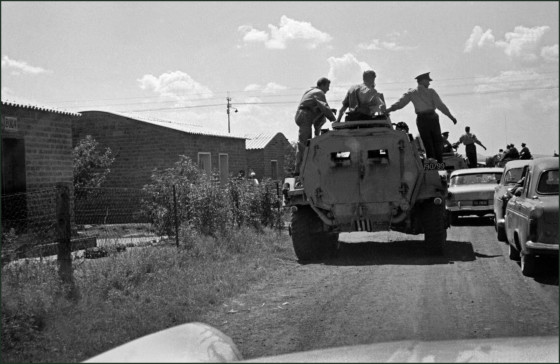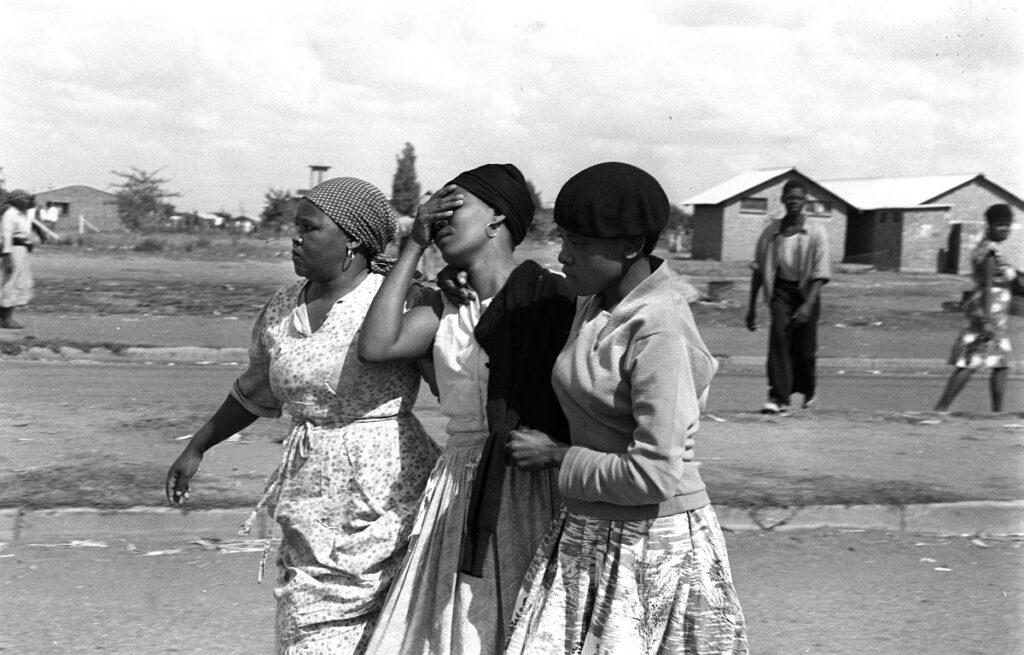Identify the Human Rights that were Violated in Sharpeville Massacre

identify the human rights that were violated in Sharpeville Massacre
The Sharpeville Massacre, occurring on March 21, 1960, in the township of Sharpeville, South Africa, stands as a profound and tragic example of the gross violation of human rights. This event unfolded when South African police fired upon a crowd of black South Africans protesting against the apartheid regime’s oppressive pass laws. The resulting violence led to the deaths of 69 individuals and injuries to over 180, marking a pivotal moment in the struggle against apartheid and drawing international attention to the severe human rights abuses occurring under this regime. An examination of the human rights violated during this massacre provides a chilling reminder of the consequences of state-sanctioned discrimination and violence.
Violated Human Rights in the Sharpeville Massacre:
- The Right to Life: Central to human dignity is the right to life, as affirmed by Article 3 of the Universal Declaration of Human Rights (UDHR). The indiscriminate shooting of unarmed protesters by police in Sharpeville was a direct affront to this fundamental right, resulting in the unnecessary loss of 69 lives.
- The Right to Freedom of Assembly and Association: The protesters in Sharpeville were engaging in their rights to peaceful assembly and association, rights that are protected under Article 20 of the UDHR. The brutal crackdown by the authorities not only silenced their protest but also demonstrated a blatant disregard for these essential freedoms.
- The Right to Equality Before the Law: Apartheid laws, including the pass laws that were being protested, inherently violated the principle of equality before the law, as outlined in Article 7 of the UDHR. These laws institutionalized racial discrimination, denying black South Africans equal protection under the law. The massacre further highlighted the extent to which the legal system failed to protect the rights of the country’s black population.
- The Right to Freedom from Torture and Cruel, Inhuman or Degrading Treatment: The excessive force used by the police, leading to mass casualties, can be categorized as cruel, inhuman, and degrading treatment. This violates Article 5 of the UDHR, which unequivocally states that no one shall be subjected to torture or to cruel, inhuman, or degrading treatment or punishment.
- The Right to Security of Person: Enshrined in Article 9 of the UDHR, this right was undermined by the apartheid regime’s pass laws, which restricted the movement of black South Africans and subjected them to arbitrary arrest, detention, or exile for not carrying passbooks. The Sharpeville Massacre was a direct result of the protest against such restrictions, highlighting the extent to which the regime would go to enforce these dehumanizing laws.

The Sharpeville Massacre not only highlighted the severe human rights abuses perpetrated by the apartheid regime but also served as a catalyst for change, both within South Africa and internationally. It exposed the brutality of the apartheid system to the world, galvanizing international condemnation and increasing pressure on the South African government to reform. The massacre remains a poignant reminder of the cost of freedom and the importance of safeguarding human rights to prevent such tragedies from occurring in the future.
